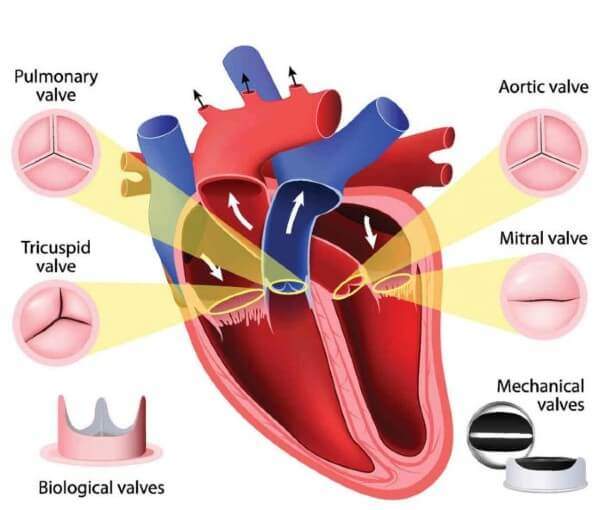Tricuspid Valve Diseases and Treatment

Writer: Prof. Dr. Yavuz Besogul
Categories:
The tricuspid valve is the valve located between the right atrium and the right ventricle in the heart, ensuring the healthy passage of blood from the atrium to the ventricle and preventing it from escaping from the atrium back to the atrium. Tricuspid valve diseases can be classified as stenosis, insufficiency, atresia and Ebstein anomaly in this valve. In tricuspid valve stenosis; There is not enough blood flow from the right atrium to the right ventricle. In tricuspid valve insufficiency; Since the valve cannot close completely, blood may leak back into the atrium. While atresia refers to the absence of blood flow between the atrium and ventricle as a result of the congenital valve not forming at all, Ebstein anomaly is the formation of the tricuspid valve below where it should be at birth, causing blood to leak back into the atrium.

The most common symptoms of tricuspid valve diseases are shortness of breath and palpitations. In addition, in advanced cases, edema and swelling in the foot and fluid accumulation in the abdomen manifest themselves. Tricuspid valve surgery is divided into two: tricuspid valve repair and tricuspid valve replacement. In suitable patients, this valve is repaired and the patient can continue his life with his own heart valve. On the other hand, in cases that cannot be resolved by repair, the tricuspid valve is replaced with biological or mechanical artificial valves and the patient's complaints are eliminated.


